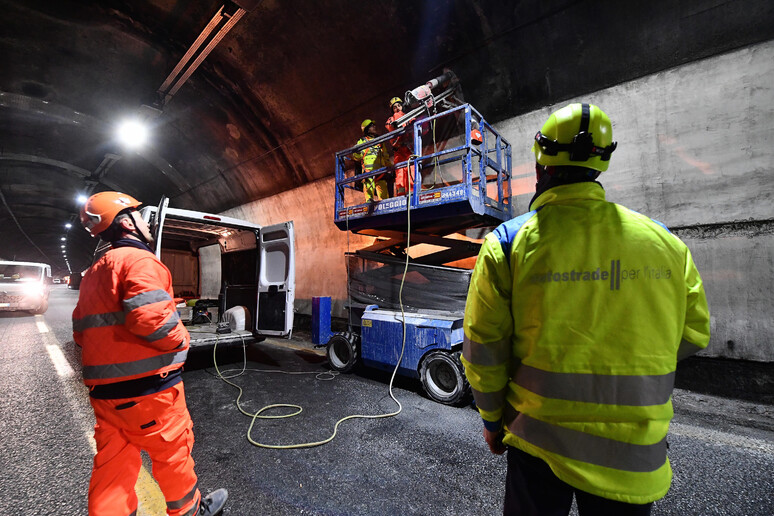According to a recent study by the Insurance Institute for Highway Safety, a nonprofit organization that specializes in making roads safer, the high-visibility suits used by operators and pilots on highways to signal their presence during the day or at night may not be as effective as desired because not all automated crash prevention systems installed in vehicles can recognize them.
The researchers made several attempts to ascertain the level of protection by adjusting the light and the pedestrian’s attire. In some attempts the road was completely dark, at others with 10 lux or, as required by federal regulations, with 20 lux of light near crosswalks. They experimented with the attire, first in a black jumpsuit, then in a black jumpsuit but with reflective stripes, then in a retro-reflective vest and black pants, and in a white jumpsuit. Three vehicles, a Honda CR-V, a Mazda CX-5, and a Subaru Forester, were chosen and set to 25 mph. The Subaru Forester was able to avoid hitting the pedestrian in all tests except when the pedestrian dressed in a black suit with reflective stripes crossed at 10 lux of light.
The Honda CR-V and the Mazda CX-5 failed 84% and 88% of the attempts by not slowing down and hitting the pedestrian wearing the jacket with reflective strips, regardless of overhead lighting. All three vehicles, on the other hand, slowed down when the pedestrian was wearing all black and they had their high beams on. Using low-beam headlights, the Honda CR-V failed to slow at all under no roadway lighting. The Mazda CX-5 slowed its speed by less than a third under these conditions. With the federal standard of 20 lux of crosswalk lighting, both Honda CR-V and Mazda CX-5 slowed their speed by 39% and 84%, respectively—when the dummy was wearing all black.
Donning a reflective jacket helped the dummy’s chances with the Mazda CX-5 more than the Honda CR-V, as it failed to slow in any of those trials. The Mazda CX-5 slowed by 53% under no roadway lighting, 58% under 10 lux, and 62% under 20 lux when the dummy wore a reflective jacket.
In contrast, wearing white had different effects. Despite the different lighting, the Mazda CX-5 failed almost every attempt. In comparison, the Honda CR-V failed only when the road was completely dark, braking under 10 lux of lighting and slowing down by 62% with 20 lux of lighting.












